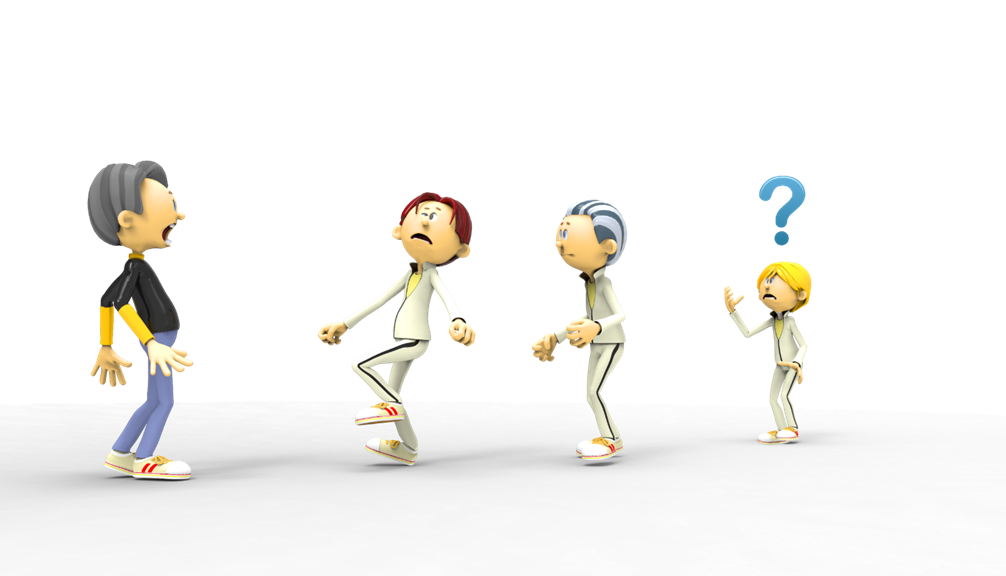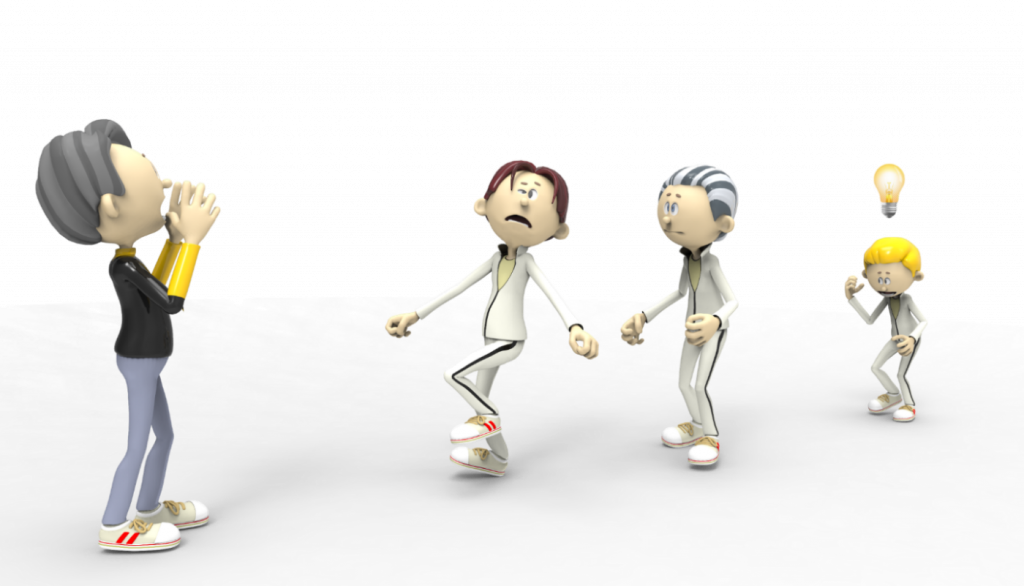Foreword
Following the release of our previous article, “The Volume Knob Also Goes to The Left: A Tale of Loudness,” we received a lot of good feedback along with a number of requests to expand our analysis to the other side of the volume spectrum. And so, in this article, we’re going to ask: how do we turn the volume up properly? This article will explore this question while also discussing some of the basics of sound system design in layman’s language along with easy analogies.
Due to the nature of the intention stated above, this is neither a technical article nor a comprehensive discussion about sound system design. The intention of this article is to help a small venue with a small sound system scale requirement that does not have a sufficient budget to hire a sound system consultant and/or do proper professional installations. In our past experiences, we often received questions about how to provide a functional sound system along with an excuse: “We just want sound and do not have the time/budget to learn the details in-depth”. This article will present a very fundamental approach to how loudspeakers should be placed/arranged without too much technicality and we also hope this article will spark readers to pursue more knowledge about the proper sound system education such as private trainings with a consultant, SynAudCon courses or other similar courses.
The Need Of A Sound Reinforcement System
Of course, we need to talk first about why we need a sound system. When you go to a venue, you want to hear the sound equally balanced between the quantity of sound and the overall sound quality everywhere in the audience area. Sitting at the back or side should not matter if the sound system is properly designed, deployed and used. We can briefly conclude that a good sound system should distribute sound equally (quality and quantity-wise), not just simply amplify the sound source level.
Before going further, it is also important to understand that a sound reinforcement system is essentially a sound reproduction system. A typical sound reinforcement system is not meant as a sound enhancement system where it can magically ‘fix’ or ‘enhance’ the sound source. In short, garbage in – garbage out. When the sound source does not have adequate bass, then what is being distributed will not contain adequate bass either. When a singer sings out-of-tune, it will get louder with the sound system and will still be out-of-tune. When someone has a thin voice, the sound system won’t magically change the quality of the voice. Of course, there is additional hardware or software that can be added for specific usage, but the basic intention of a sound reinforcement system is to reproduce and distribute the sound source(s).
A Sound System That Never Fails
“Can a properly designed, installed and optimized sound system fail its function?” This question is analogous to: “Can a good and expensive car be wrecked in an accident?” As sound system consultants, we don’t hear this question asked directly; however, it is important to deliver the message. Yes, a properly designed, installed and optimized sound system can fail. The failure can take on many forms, but here are several examples we often encounter.
The Proper Usage Of A Microphone
Speakers or singers should speak/sing at a close distance to the microphone. Close distance means no farther than 8 inches (20 centimeters). Can’t remember the number? No problem. Simply open and stretch your palm widely as illustrated in Figure 1. For a typical adult hand, this is approximately 8 inches. If the mouth/chin to the microphone’s capsule is farther than the tip of the thumb to the tip of the pinky, then it is considered too far and can create audio-related problems such as feedback, unclear reproduction or it can’t be heard.

This matter can be further complicated by the location of the microphone and the discussion may sway too far from the title of this article. A good baseline of microphone usage is simply placing it just in the front of the mouth at a close distance.
More Bass!
Since the intention of this article is for a venue with the need of a small-scale sound system, most of these venues may not have a subwoofer to extend the low frequency reproduction, and if they do, they often only utilize small subwoofer(s) with limited output capabilities (read: low-cost subwoofers can’t be ‘that’ loud). It is important to understand the limitations of the installed sound system! Proper optimization can help with loudspeaker protection, however the request for more low frequency boost is very typical. We received a lot of requests to boost the low frequency output when listening to a commercial recording as a sound source (let’s assume a good and well-balanced recording). But, does the recording contain ‘that’ much bass? Remember that the sound system’s job is to reproduce the sound source, not to change or ‘color’ the quality of the sound source. If the recording is lacking bass and one uses an equalizer to add more bass, then playing a recording with heavy bass content may result in too much bass (often referred as muddy sound quality). And depending on how the loudspeaker protection is set up, a high signal (read: very loud) with plenty low frequency content may damage the loudspeaker’s woofer(s).
Turn It Up! I Can’t Hear You!
OK! Let’s turn it up … properly! Yes, putting a loudspeaker on a pole (typically at/slightly above the head level) is easy. Turn it on, turn the volume knobs to the right (clock-wise) and behold the loud sound! But what does it mean to turn it up properly? As discussed previously, the job of the sound system is not to make sound sources louder, but to distribute it equally. Let’s look at it from a different perspective.

Figure 2 shows two people talking at approximately 3 feet (1 meter) away from each other without raising the voice. If one carries a sound pressure level meter (a device to measure how loud a sound is in decibel units), this will typically result in a level of 60-70 dB, which is a normal conversation level and most of us will feel comfortable. This can be translated to a sound system world: If the speech reproduction is distributed equally at 60-70 dB (assuming the background noise is low/not interfering) in the audience area, the feeling of being in the event will be natural like listening to a normal conversation.
In a typical venue, the audience area is not meant for one person only. The audience is spread around the area and the farthest vs closest audience member relative to the loudspeaker can present a problem for a small-scale sound system.

Figure 3 illustrates how a talker speaking with a raised voice may not deliver adequate loudness for the farthest listener, an adequate amount for the listener at a medium distance but too much for the closest listener. This is the very fundamental problem of putting loudspeakers on the floor, on a short pole or on a table. The loudness is not distributed equally.
First, we need to tackle the farthest audience problem by turning up the output. How would you gain more loudness with your raised voice without screaming? How about cupping our palms around the side of our mouth to create a small horn (or tunnel)? In the loudspeaker world, this translates finding loudspeaker(s) with higher sensitivity or maximum output specification.

With more output, the speaker in Figure 4 may achieve the goal of providing adequate loudness to the farthest listener. However, it still may not be pleasant for the closest listener because the level may remain too loud to be comfortable. So, selecting a loudspeaker that can be turned up loud enough to reach the farthest listener is important, but the placement is the caveat.




















